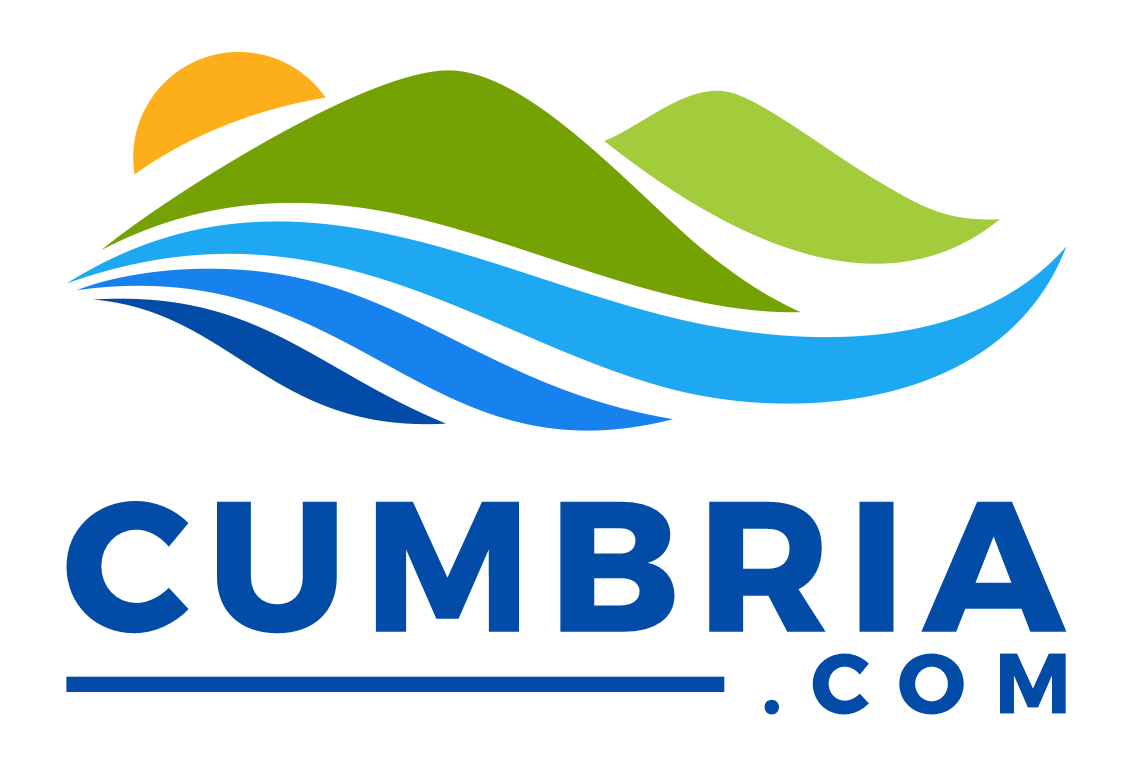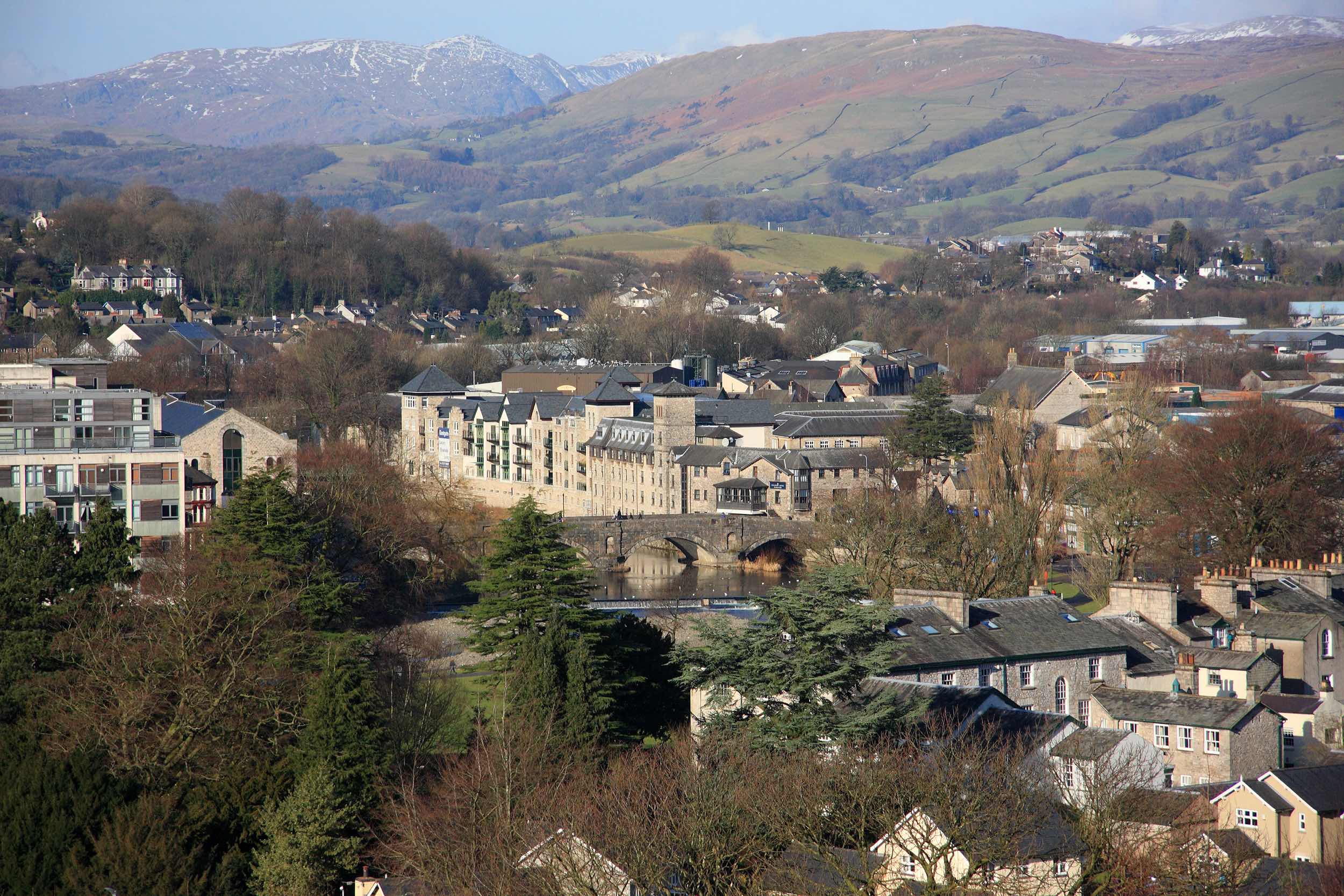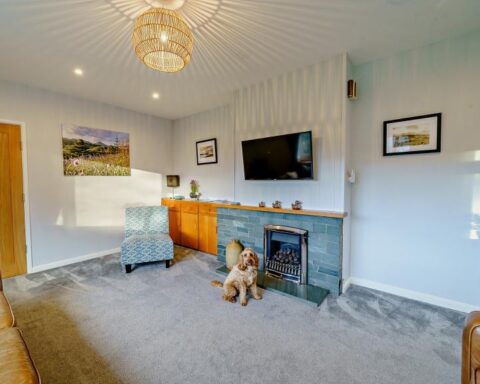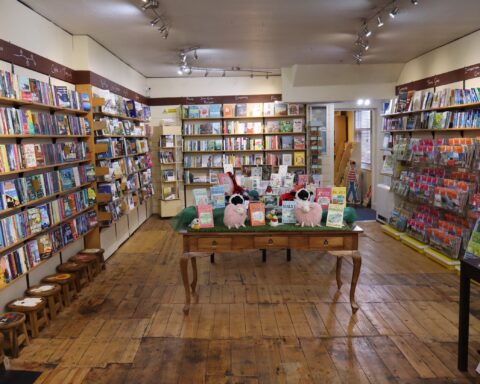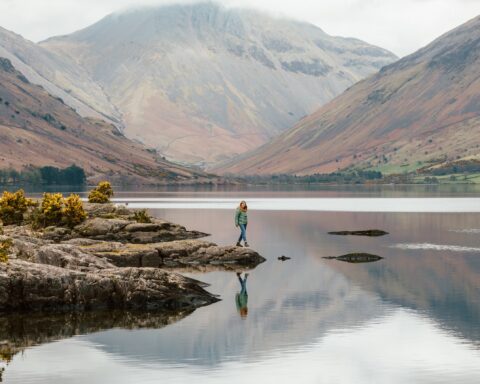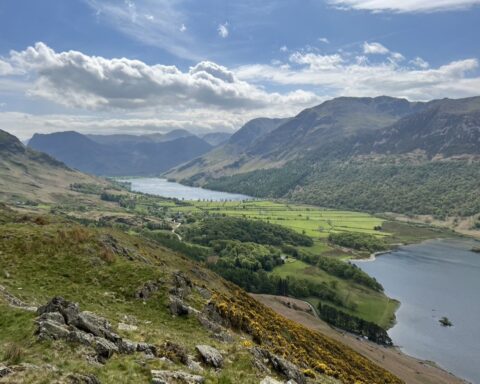Discover Kendal: The Cultural Capital of Cumbria
Kendal, lying on the edge of the Lake District National Park’s southeast border, holds the title of Cumbria’s third-largest town. Despite this, its vibrant role as the region’s cultural hub overshadows its size. Home to an array of museums, galleries, arts venues, and festivals, Kendal serves as more than just a threshold to the Lakes. It stands proudly as a destination with its own unique allure and offerings.
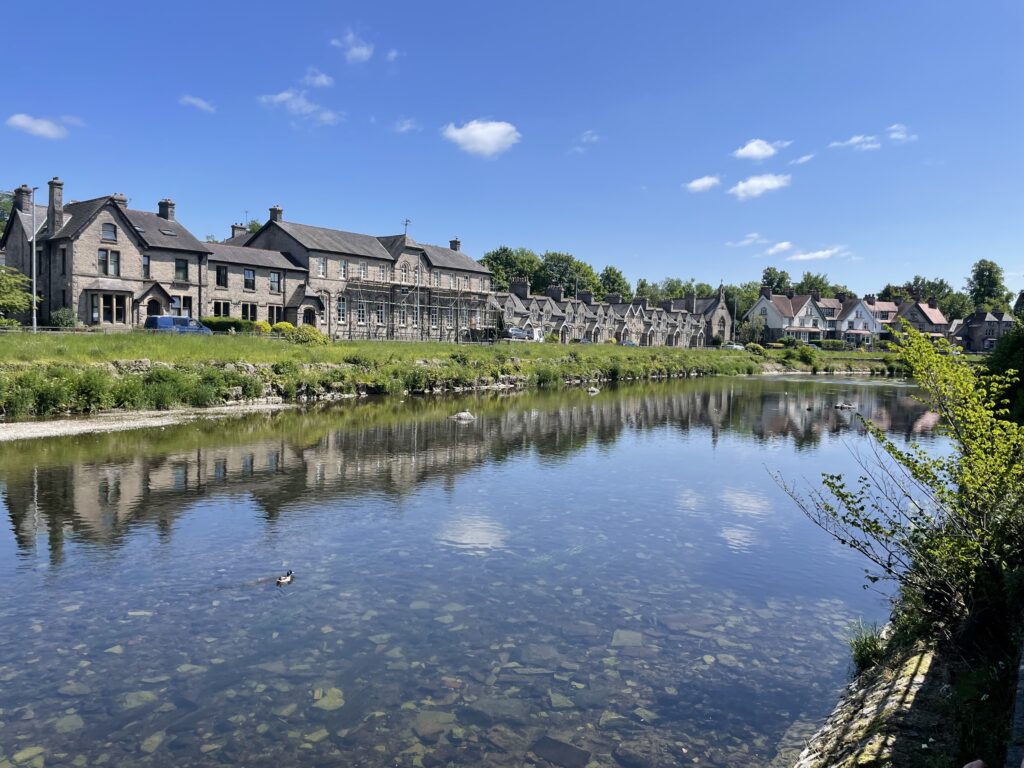
Explore Kendal’s Fascinating History
The organised attractions, including the Abbot Hall Art Gallery, the Museum of Lakeland Life and Industry, the Quaker Tapestry, and the Kendal Museum, offer rich cultural experiences. However, a simple walk through Kendal’s intriguing nooks and crannies also reveals much of the town’s history.
Ginnels and yards mark the town centre, tucked between the buildings of Kendal’s main thoroughfares. These hidden spaces once buzzed with merchants and craftsmen. Notable structures like the seventeenth-century Sandes Hospital, established initially as almshouses for widows and a school, and the fourteenth-century Castle Dairy, the oldest inhabited building in Kendal, testify to the town’s architectural heritage. During this era, Kendal thrived as the heart of the local woollen trade, drawing workers from places as distant as Cartmel and Grasmere to prepare cloth for its lively markets.
The River Kent, the foundation around which Kendal was built, ranks among England’s fastest-flowing rivers, making it perfect for driving mills. The final watermill operating along the Kent, a snuff mill on Kendal’s outskirts, ceased operations as recently as 1991.
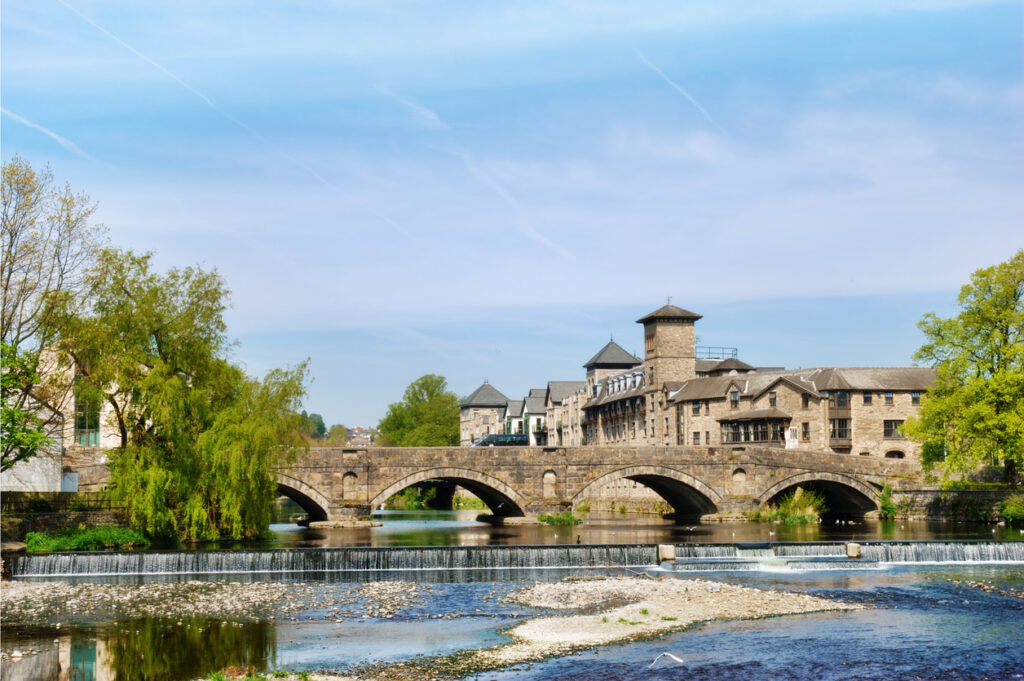
Discover Kendal’s Landmarks
The ruins of a twelfth-century castle, once the property of Katherine Parr’s family, Henry VIII’s last wife, overlook the town from a small, grassy hill. Earthworks are all that remains of the original Norman motte and bailey castle across the river. Open to the public at all times, the castle welcomes modern visitors. They can still view some walls, a tower, and parts of the manor hall. The steep climb to this atmospheric site might take your breath away. Yet, the reward for this effort is a spectacular panorama of the town and the encircling fells.
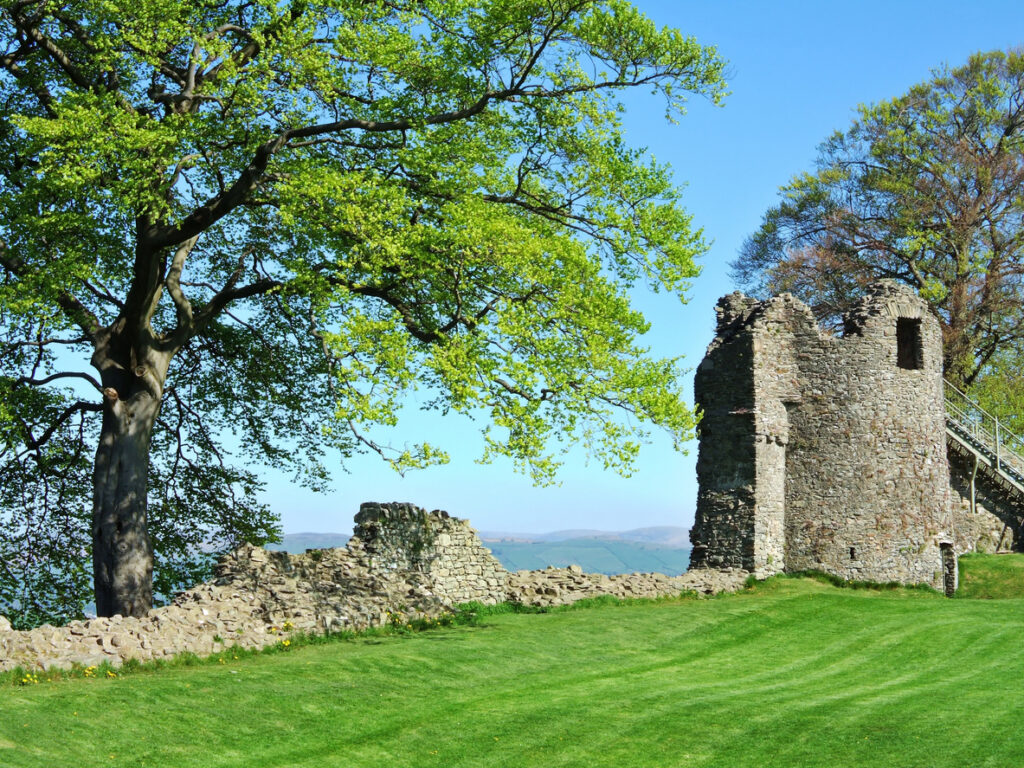
Explore the Surrounding Area
Two miles south of Kendal stands Sizergh Castle, a medieval house set amidst stunning gardens and a vast estate interlaced with a network of paths. The National Trust now maintains the property, and both the building and its grounds are open for public exploration.
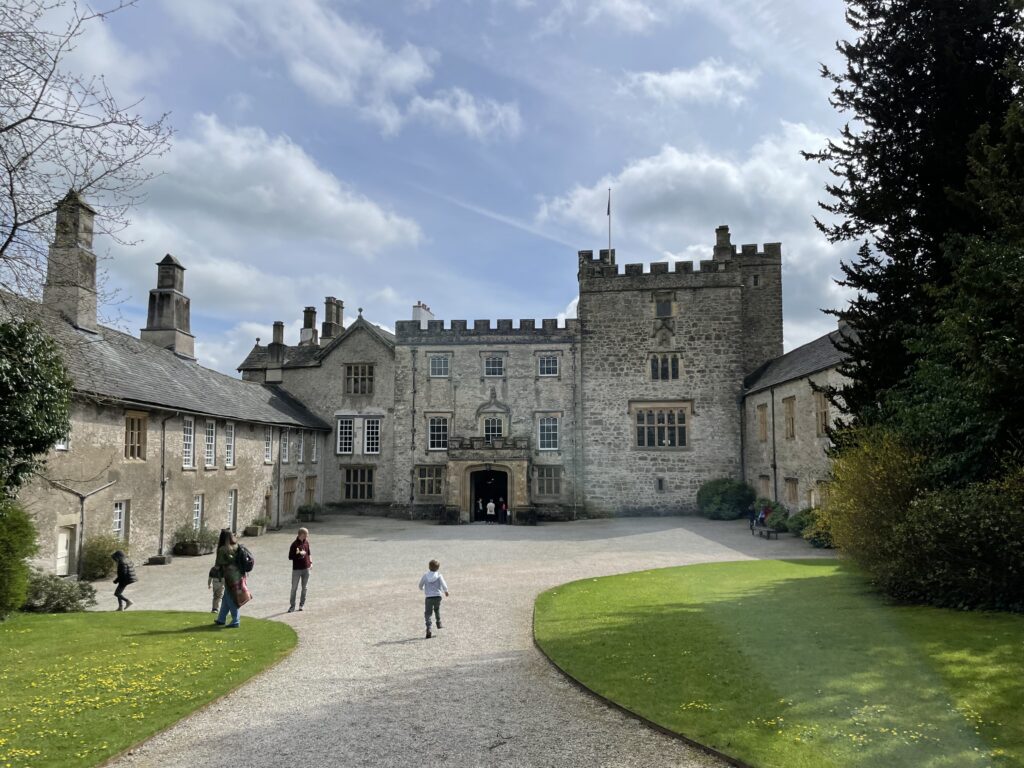
Getting to Kendal
Access to Kendal is straightforward. Junction 37 on the M6 motorway lies a brief drive of less than 10 minutes away. The suburb of Oxenholme connects to the West Coast Mainline railway that runs from London to Glasgow and Edinburgh. A branch line from Oxenholme threads through Kendal extends up the Kent valley to the villages of Burneside and Staveley and continues to Windermere. Kendal also offers a coach service to London.
Places to stay in Kendal
Kendal offers a wide array of accommodation options. You can choose the simple independent hostel adjacent to the Brewery Arts Centre on historic Highgate or the more lavish Castle Green Hotel, nestled among landscaped gardens at the town’s edge. For those with tents, motorhomes, or caravans, the closest campsite sits just over a mile north of the town centre on Shap Road.
Our top 3 picks of places to stay in Kendal
The Hare’s Shack – Kendal, LA8 9AZ
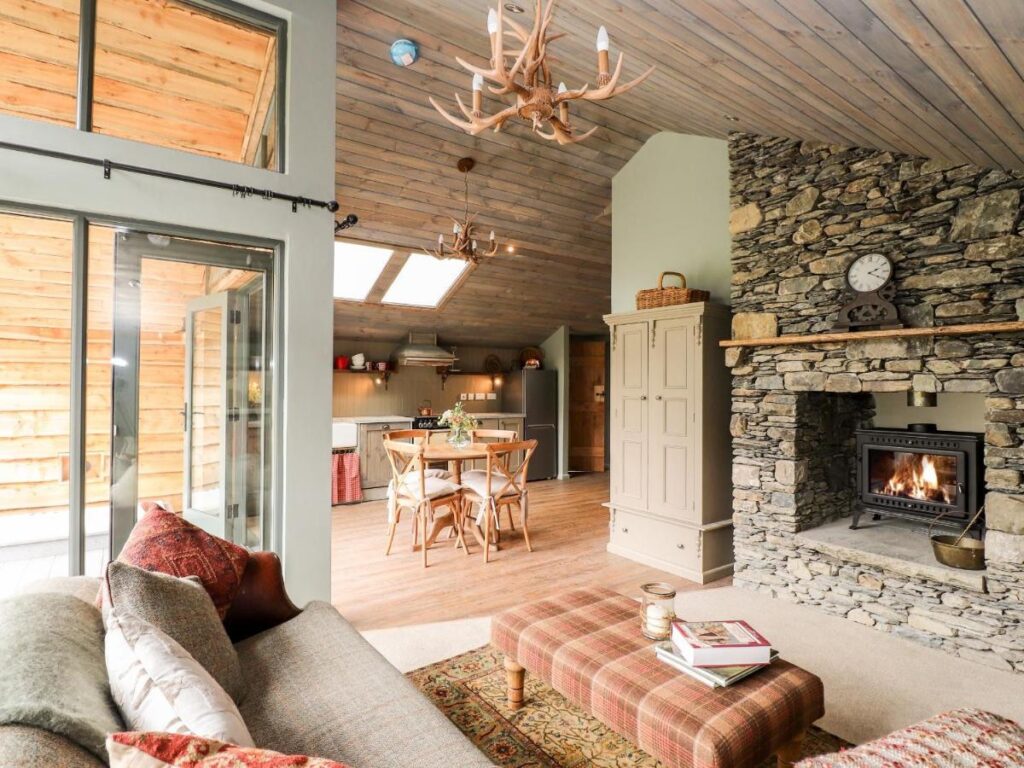
This single-storey, detached lodge offers a delightful open-plan living space with a Smart TV, electric oven, induction hob, fridge/freezer, and a dining area with seating for four people. A super-king-size bedroom with a roll-top bath, double-sided woodburning stove and en-suite shower room adds a touch of luxury. Outside, there is a beautiful enclosed rear garden with a lawned area, decking, barbecue and jacuzzi bath.
The property is situated close to a shop and pub, and is smoke-free and pet-free. With WiFi, fuel, power, bed linen and towels included in the price, Hare Shack is the perfect spot for a romantic getaway. Please note that there are steps up to the entrance. The charming hamlet of Garnett Bridge is located in the beautiful Lake District National Park and is close to Kendal and Burneside, where visitors can enjoy a range of attractions, shops and eateries. Windermere and Ambleside are also within easy reach and offer stunning walks and breathtaking scenery. A stay at Garnett Bridge promises to be a character-filled break to remember.
The Colour House Lake District Escape for Two – Low Fellside, Kendal, LA9 4NT
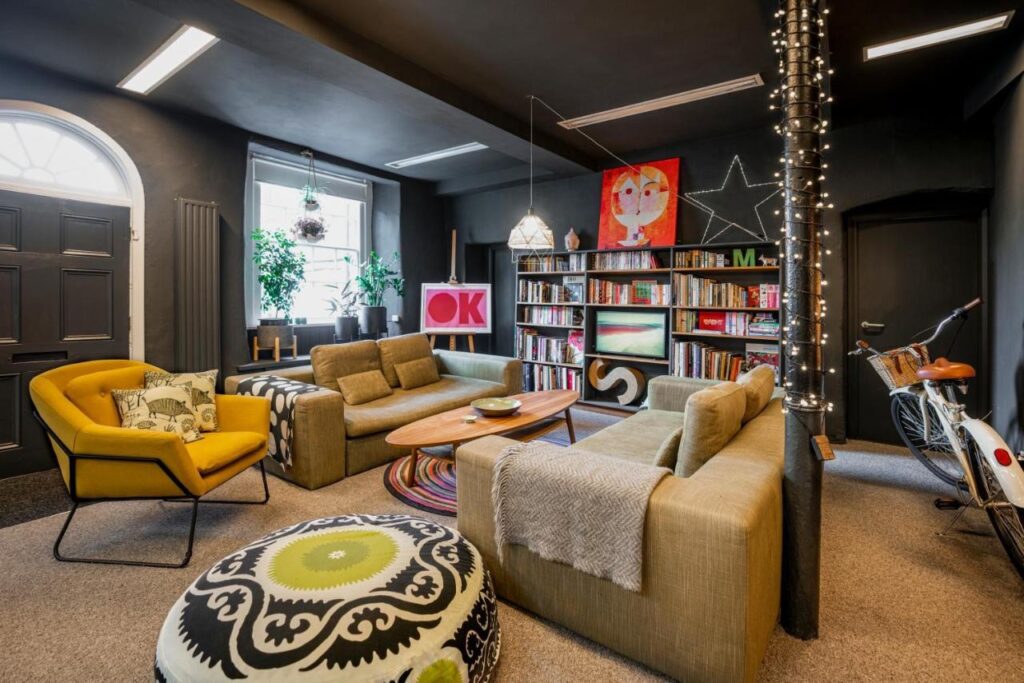
This is a charming one-bedroom apartment located in the heart of Kendal’s historic Lake District town. Situated on the ground floor of a beautiful Georgian Grade ll listed house, the suite boasts ample character and is nestled away in a peaceful corner of the town center. It’s the perfect getaway for couples, offering one bedroom and one bathroom. Just a short stroll away is Kendal Main Street, where visitors can find a variety of local shops, pubs, restaurants, and cafes. The Westmorland Shopping Center, which features numerous shops and an indoor market, is also nearby and open every day except Sunday.
The Kendal Farmers Market, held on the last Friday of each month in the Market Place, is one of the country’s oldest farmers markets and is an excellent spot for local products and food. The nearest train station, Oxenholme (Oxenholme Lake District), is just a five-minute drive away, and the Town Hall bus stop, which is a five-minute walk away, is serviced by the 44, 46, 570, and 571 routes. Additionally, the Kendal Bus and Coach Station can be found ten minutes away at the Westmorland Shopping Center. For those needing transportation, there are several dependable local taxi services available in the area.
The Glen Guest House – The Glen, Oxenholme, Kendal, LA9 7RF
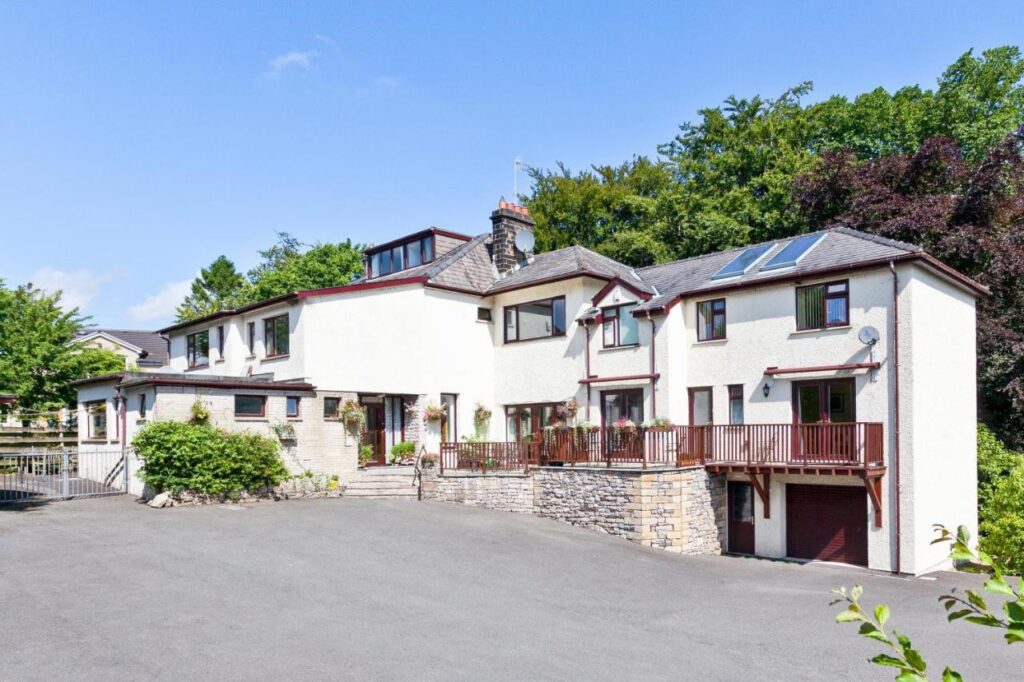
This guest house is a family-run bed and breakfast located in Oxenholme, Kendal. It has been awarded a Visit Britain 4 Star Rating and is known for providing warm and friendly service. The accommodation is comfortable, and the breakfast is freshly cooked using quality local ingredients. The property is in a quiet location with views of the fells and Morecambe Bay.
The Oxenholme Train Station is close by, and it is a short drive from the M6 and main roads into the Lake District, making it an ideal location to explore the area on foot, bike or by car. The property is 3 miles from Kendal and within easy walking distance to a local pub for evening meals. Additionally, there is a supermarket and pharmacy 1 mile away.
